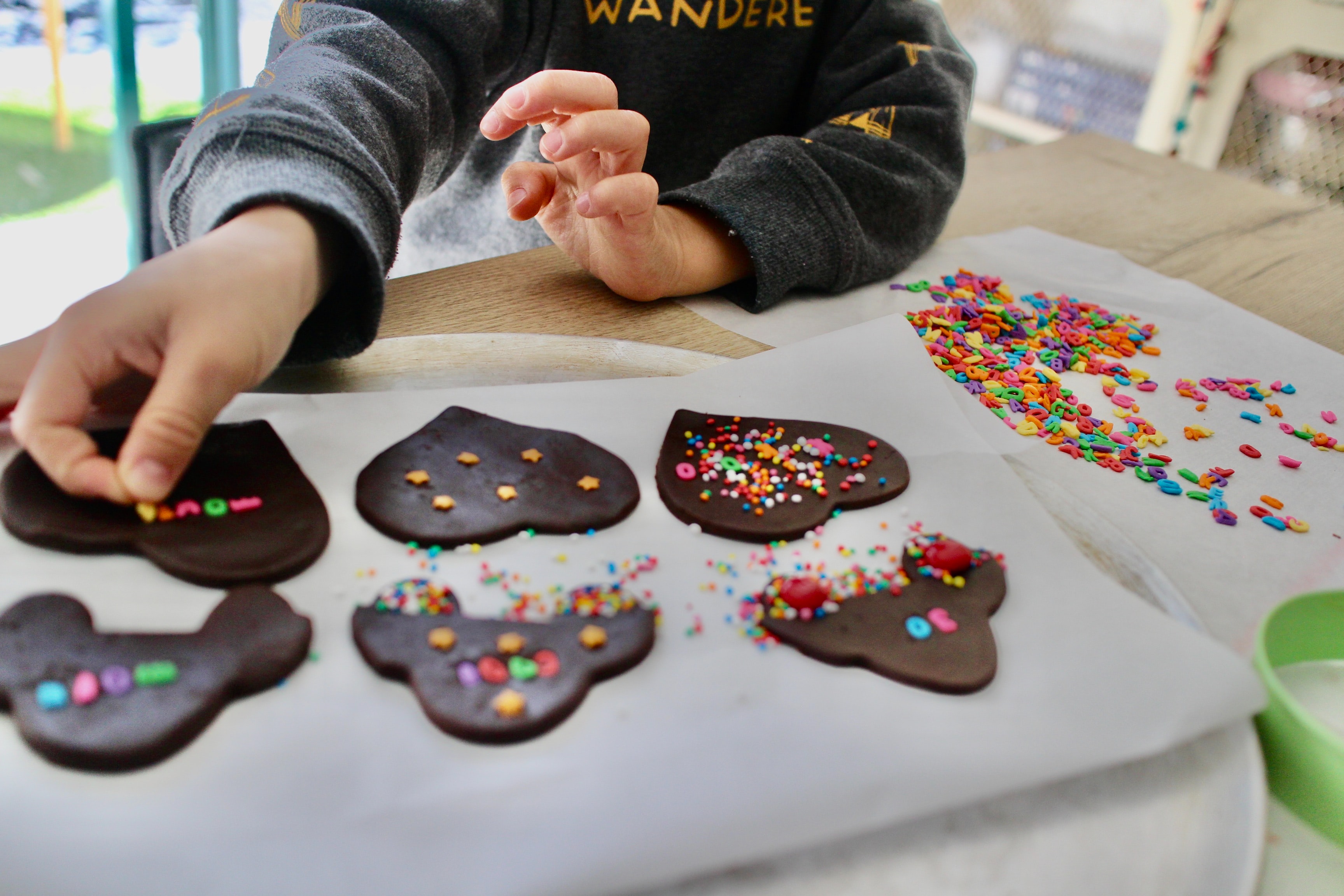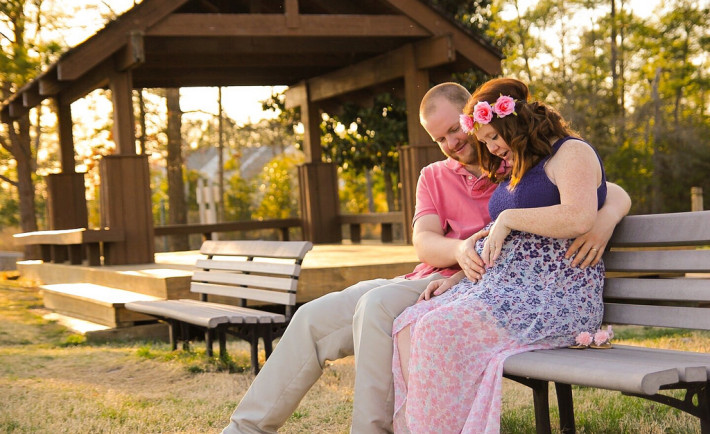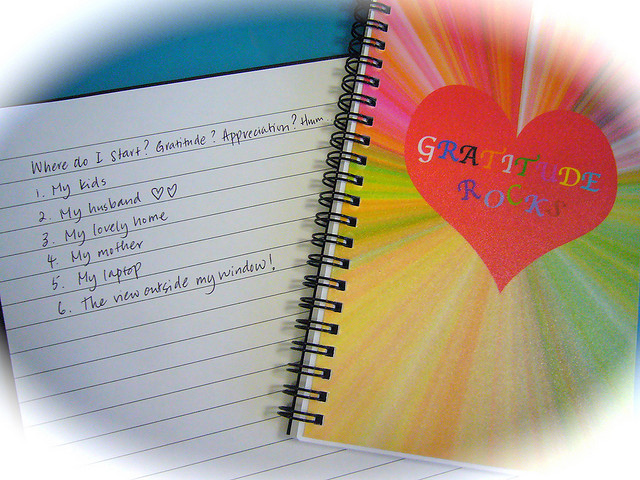It’s the holidays, and that means one thing: your child is going to be getting a lot of gifts.
From friends and family to teachers and coaches, your child is probably going to be feeling pretty spoiled by the time Christmas morning arrives.
Introducing your child to the idea of gratitude can be a challenge, but it’s worth the time. Below are a few tips for teaching your kid to receive gifts with gratitude.
Talk about and discuss gratitude
Talking about gratitude is a great way to start teaching how to be grateful.
Invite them to share things they’re grateful for, big or small. You can also ask them how they think showing gratitude can make someone’s day better. This will help get your child thinking about gratitude in a positive light.
Another way to help your little one express gratitude is to encourage them to say thank you. Teach them to say it not just when they receive a gift, but also when someone does something nice for them. It’s a small gesture that can make a big difference in someone’s day.
Get creative with thank-you cards
Another way to get your child into the habit of thanking people for gifts is to get creative with thank-you cards.
Why not have your kid create a card or letter that is handwritten and uniquely designed for the person who gave them the gift? This will show them that it’s always nice to put thought and effort into expressing their gratitude.
Not only will this help your child learn how to be more appreciative, but it will also teach them to hone their writing skills and help them develop their literary style. Plus, it’s a fun way to get creative and express themselves through words!
Establishing gifting traditions to encourage appreciation of gifts

Image Credits: unsplash.com
One tradition you might want to try is the gift of giving.
Have your child pick out a toy or game they’re no longer interested in and give it to a younger child who will be excited to receive it. This teaches them two things: first, that it feels good to give to others, and second, that not everything they own needs to be kept.
Another tradition you can try is the gift of service.
Have your child do something nice for someone else in your family or community. Maybe they could bake cookies for their grandparents, write a thank-you card to their teacher, or strike up a conversation with the elderly neighbor next door. This teaches kids that there are ways to serve others that don’t involve lots of money or things.
Setting a good example: modeling gracious gift-receiving behavior
When you receive a gift, whether it’s from your friend, spouse, or family member, take a moment to express your appreciation.
You can say something like:
- “Thank you so much for this lovely sweater. I can’t wait to wear it.”
- “I’ve been wanting this book for a while. Thank you for thinking of me.”
Your child will be watching your reaction and taking cues from you on how to respond when they receive gifts. So make sure you set a good example!
When it comes to raising grateful kids, start early and be consistent. Explain the concept of gratitude, and model it yourself. You can also suggest writing thank you cards, letting your child experience giving gifts, or encouraging them to volunteer. When you look back, it’s going to be one of the best investments you’ve made in your parenting journey.






